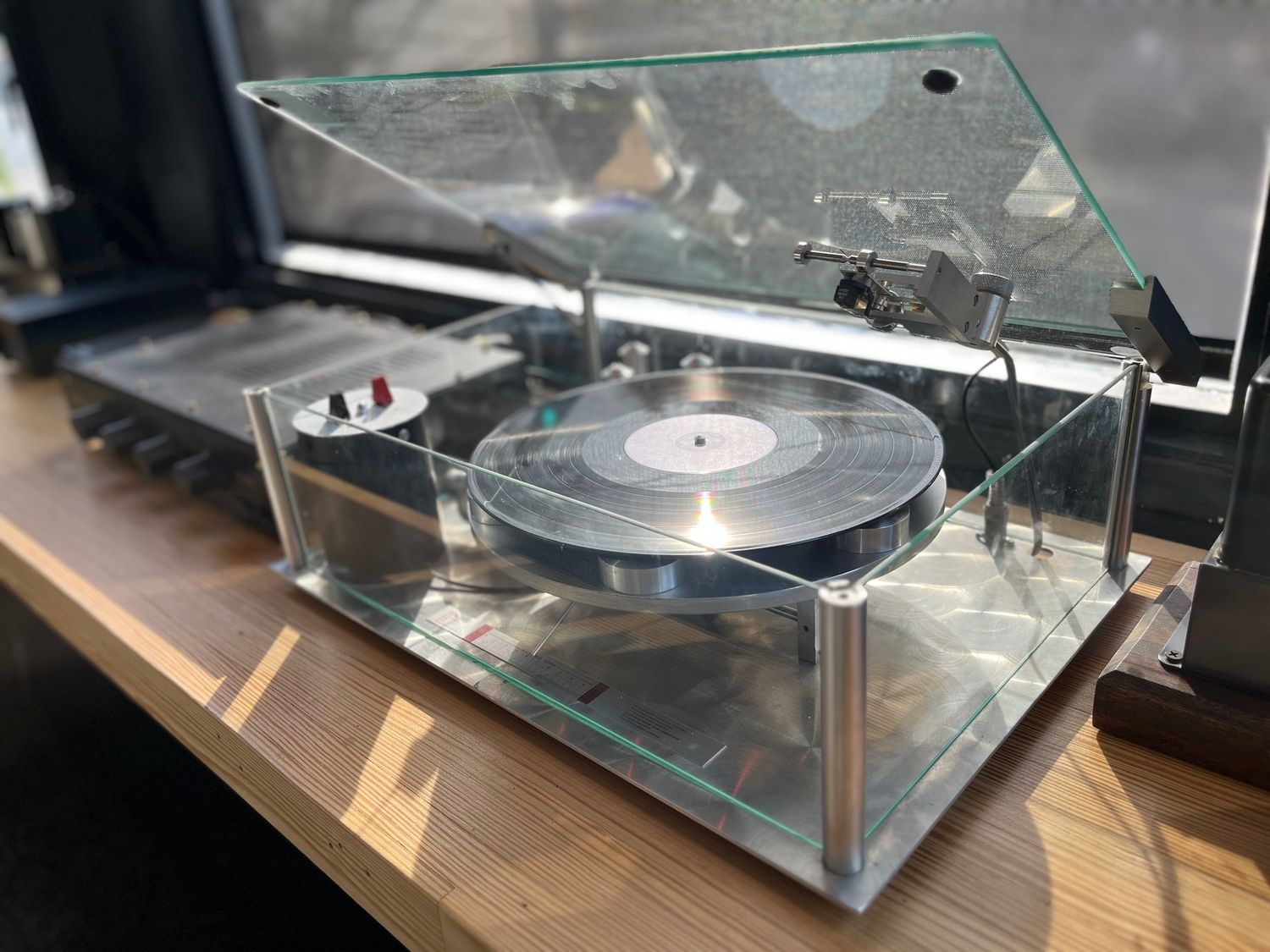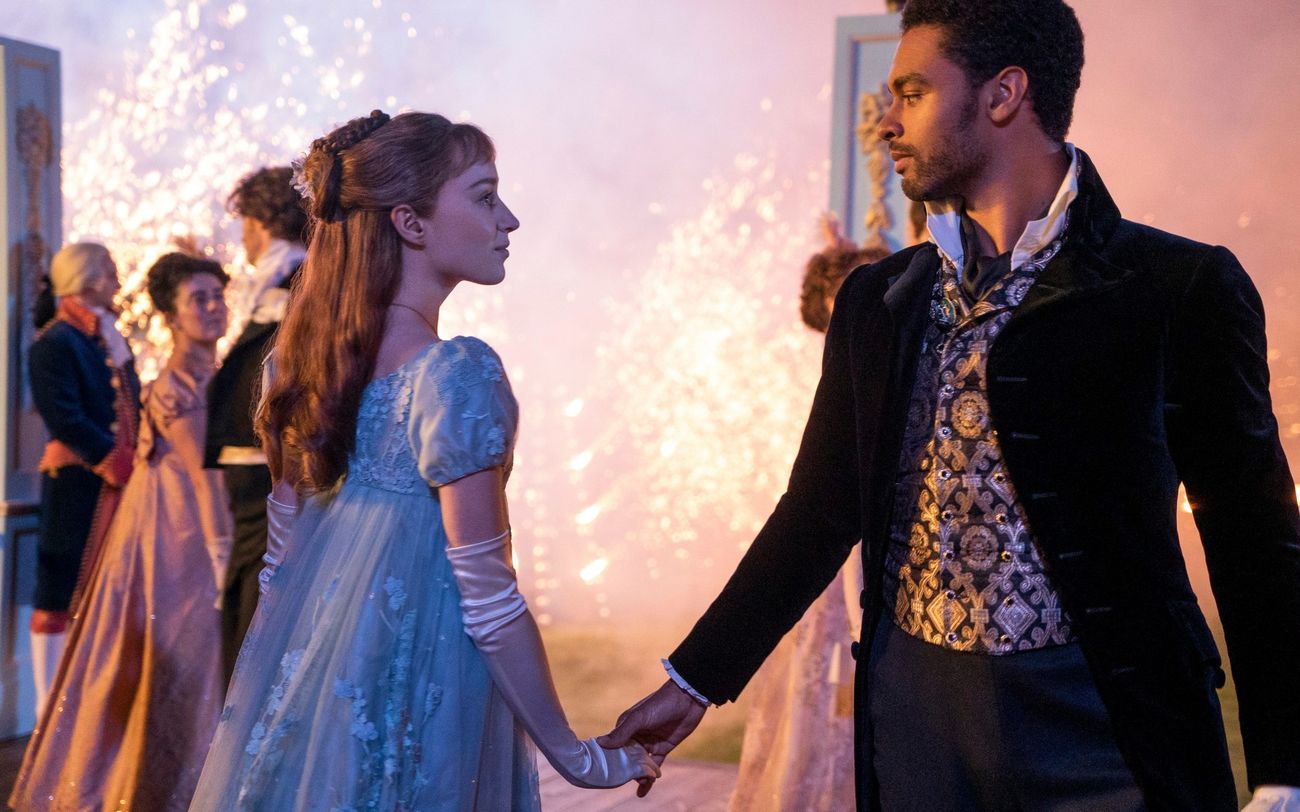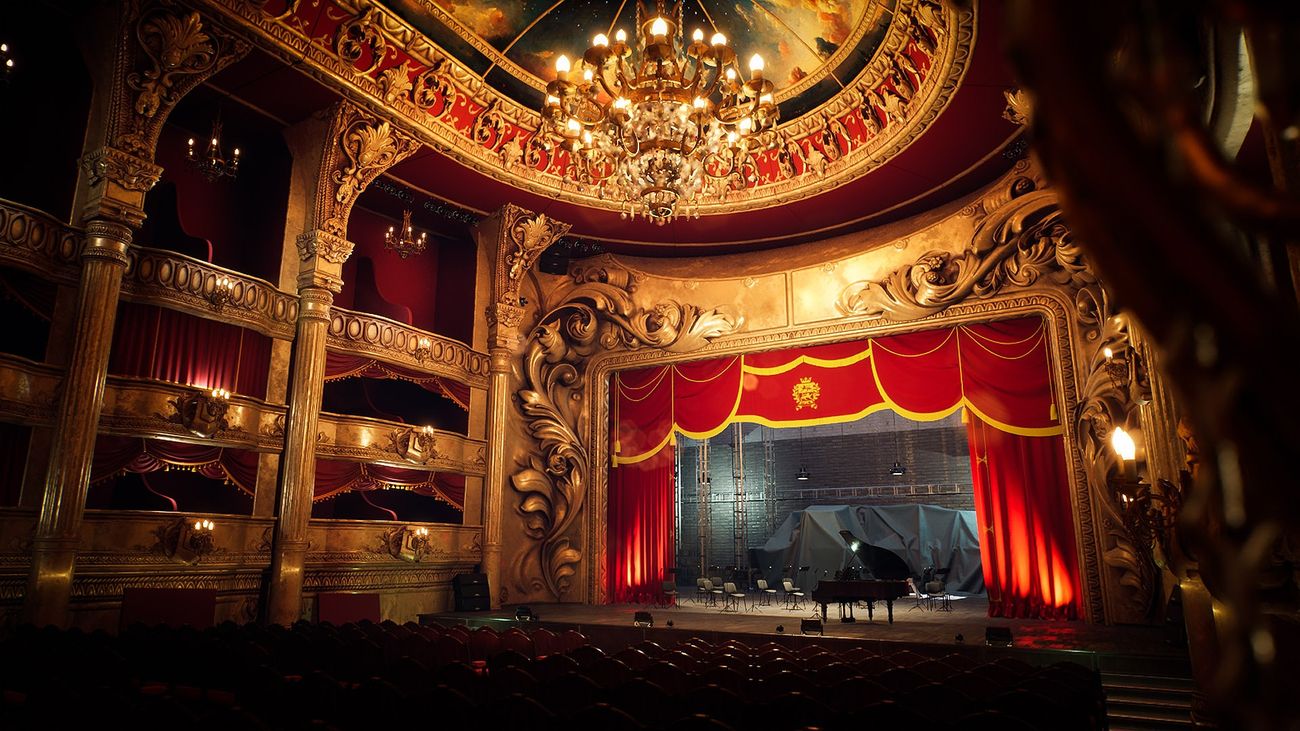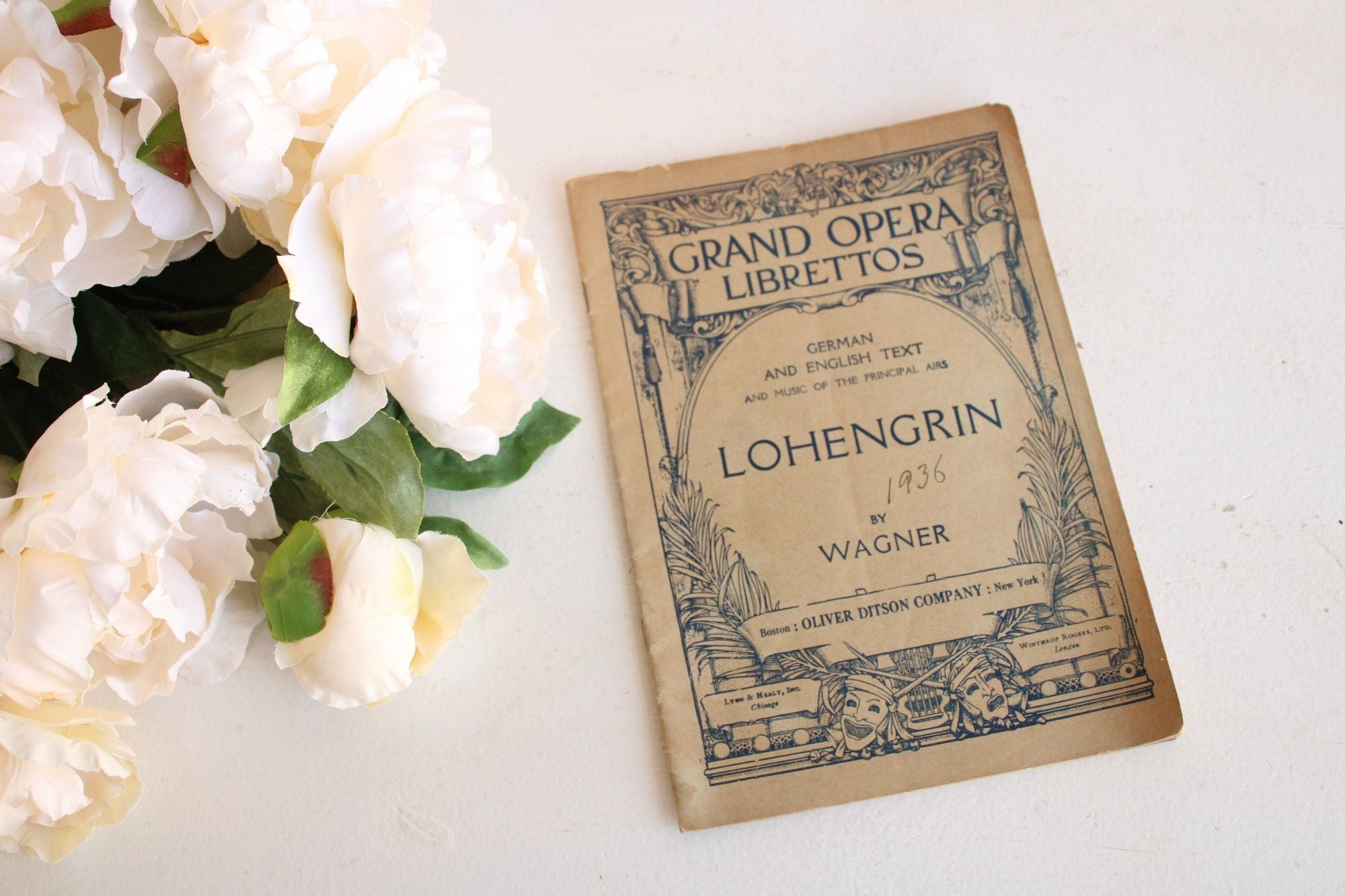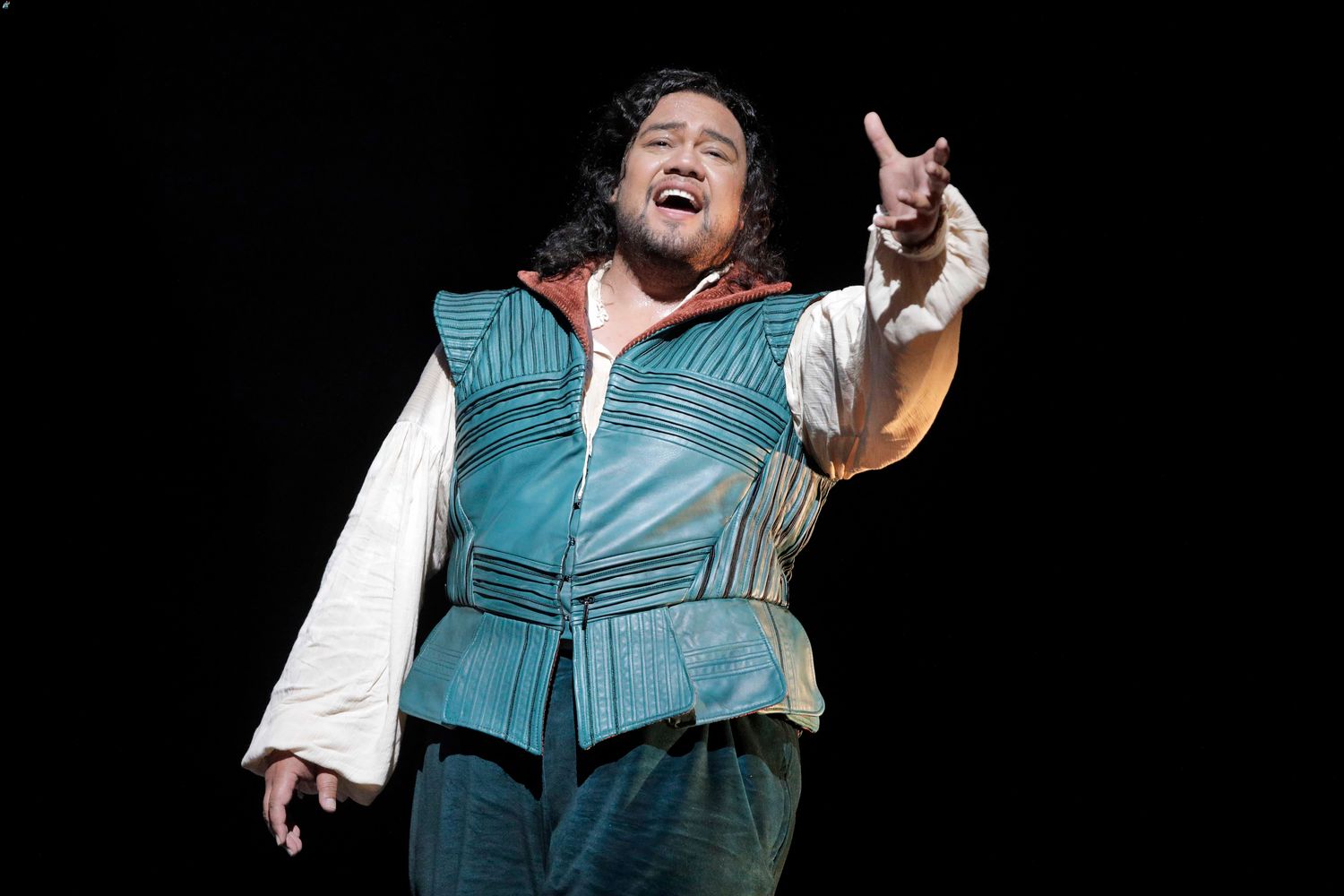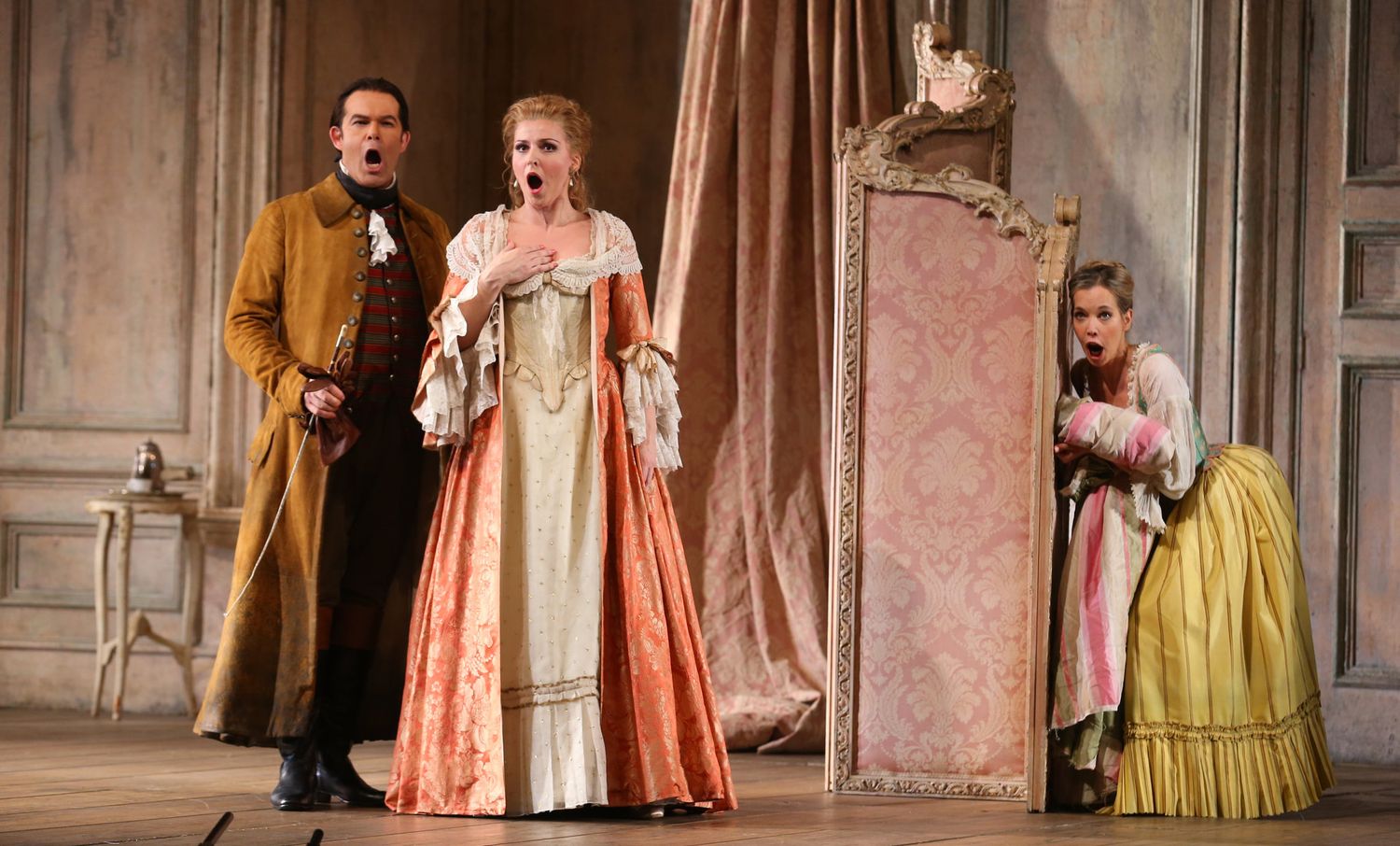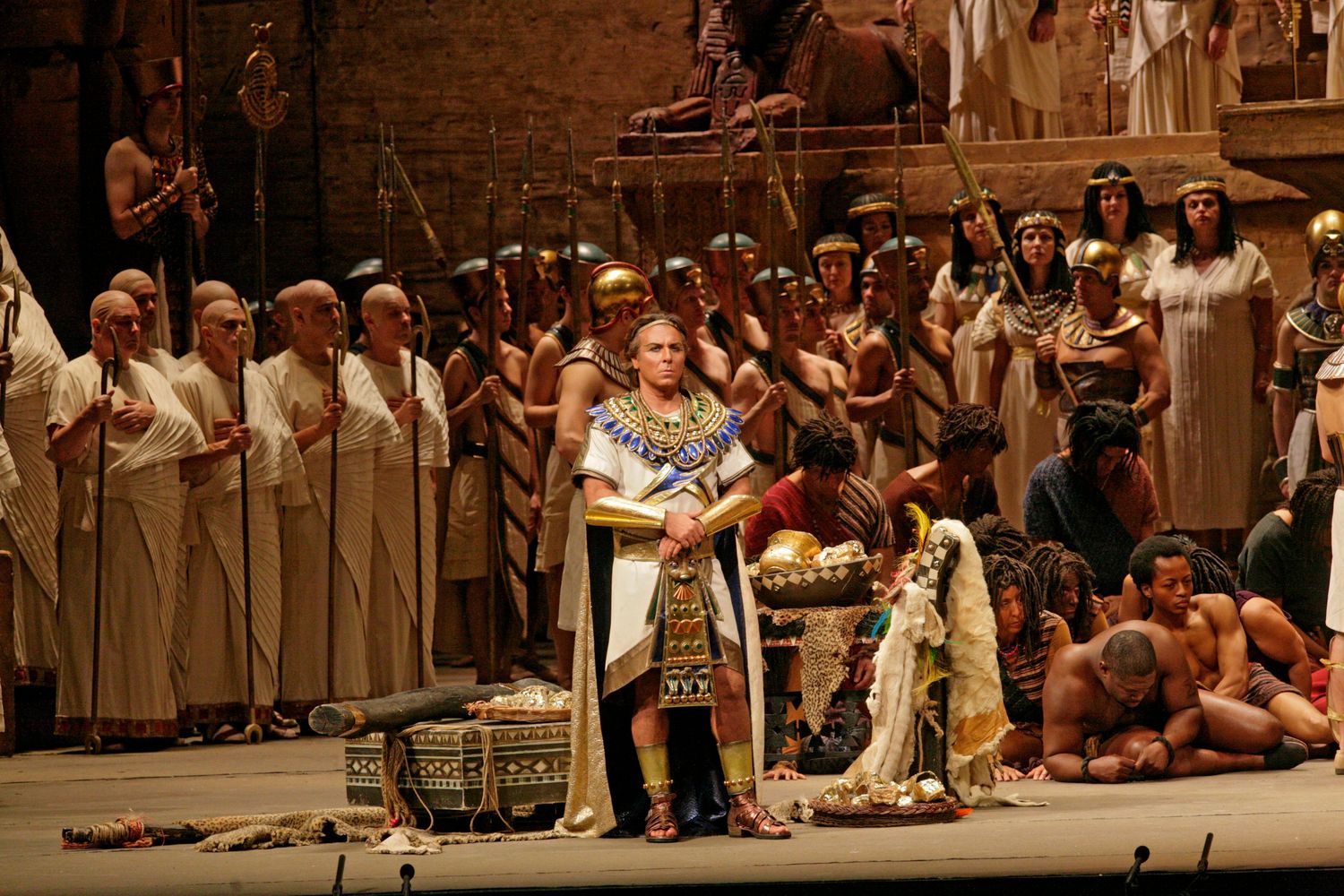Home>Events & Info>Opera>What Is The Barber Of Seville Opera About
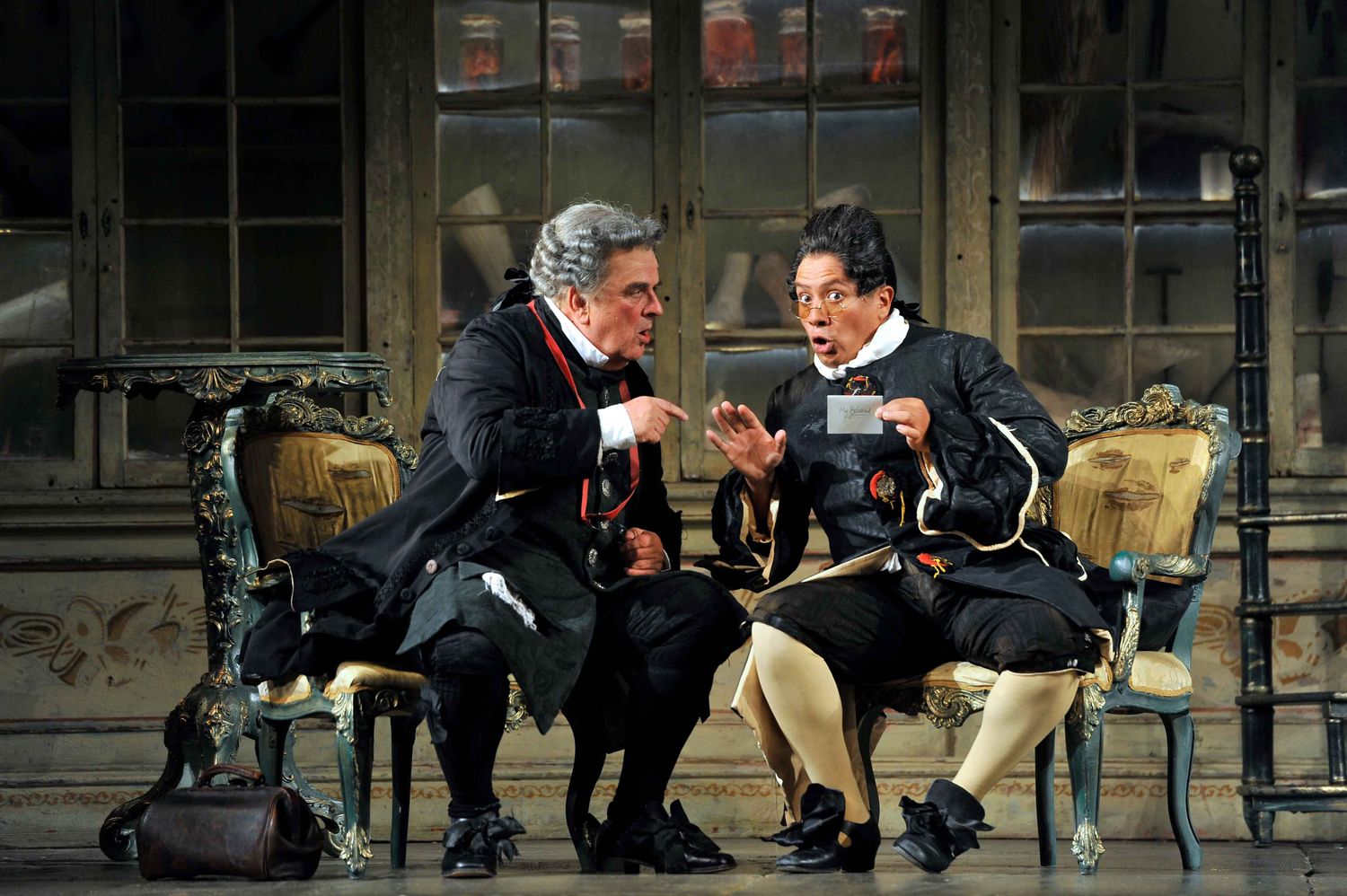

Opera
What Is The Barber Of Seville Opera About
Modified: January 22, 2024
Discover the captivating story of "The Barber of Seville" opera, a delightful tale of love, deception, and comedic surprises. Experience the magic of opera with this timeless masterpiece.
(Many of the links in this article redirect to a specific reviewed product. Your purchase of these products through affiliate links helps to generate commission for AudioLover.com, at no extra cost. Learn more)
Table of Contents
Introduction
Opera is a mesmerizing art form that combines music, drama, and visual spectacle to create a truly immersive experience. One of the most beloved and enduring operas in the repertoire is “The Barber of Seville” (Il barbiere di Siviglia) by Gioachino Rossini. This comedic masterpiece has captivated audiences for centuries with its lively music, witty libretto, and memorable characters.
Set in 18th-century Spain, “The Barber of Seville” tells the story of Figaro, the resourceful barber who becomes the ultimate matchmaker for Count Almaviva and the lovely Rosina. With its engaging plot, humorous situations, and sparkling melodies, the opera is a delightful romp filled with love, disguise, and a healthy dose of satire.
Rossini’s “The Barber of Seville” is based on the first play of a trilogy by French playwright Pierre-Augustin Caron de Beaumarchais. Premiering in 1816, it was an instant success and has since become one of the most performed and beloved operas worldwide. Its charm lies in its ability to transport audiences to a world of music and laughter, offering a respite from the trials and tribulations of daily life.
This article will take you on a journey through the captivating world of “The Barber of Seville,” exploring its background, synopsis, and the colorful characters that inhabit its vibrant world. We will discuss its key musical numbers, delve into its historical significance, and examine its critical reception and lasting legacy. Whether you are an opera aficionado or new to the genre, this article aims to provide an engaging and comprehensive exploration of “The Barber of Seville” and why it continues to enchant audiences to this day.
Background of “The Barber of Seville”
The Barber of Seville” is an opera buffa, or comic opera, composed by Gioachino Rossini. It is based on the first play of a trilogy written by French playwright Pierre-Augustin Caron de Beaumarchais. The play, also titled “The Barber of Seville,” was first performed in 1775 and quickly became a popular success.
Beaumarchais’ play follows the story of Figaro, a cunning and witty barber in Seville, who aids Count Almaviva in his pursuit of Rosina, a young and beautiful ward of the older Dr. Bartolo. The play explores themes of love, deception, and social class, with a healthy dose of humor and satire.
The success of Beaumarchais’ play inspired several musical adaptations, but it was Rossini’s opera that ultimately became the most well-known and beloved version. Rossini composed “The Barber of Seville” in just a matter of weeks, with the opera premiering on February 20, 1816, at the Teatro Argentina in Rome.
Initially, the opera faced some challenges and received a mixed reception from audiences and critics. Some attributed this to the fact that Rossini’s work was competing with a well-established opera buffa by Paisiello that had been performed for many years prior. However, over time, “The Barber of Seville” gained popularity and is now regarded as one of Rossini’s most successful and influential works.
What sets “The Barber of Seville” apart from other operas of its time is its combination of fast-paced, comedic plotlines with catchy and memorable music. Rossini’s music is known for its sparkling melodies, playful rhythms, and virtuosic vocal lines that highlight the talents of the singers.
The opera’s comic elements are intertwined with a deeper exploration of social dynamics and human nature. It offers a satirical commentary on the power struggles between the upper and lower classes and highlights the resourcefulness and wit of the common people.
Today, “The Barber of Seville” remains one of the most frequently performed operas worldwide. Its enduring popularity can be attributed to its timeless humor, relatable characters, and beautiful music that continues to captivate audiences of all ages.
Synopsis of Act 1
Act 1 of “The Barber of Seville” introduces us to the characters and sets the stage for the comedic and romantic plot to unfold.
The opera opens with Figaro, the barber of Seville, singing about his various talents and his knowledge of the town’s gossip. He reveals that Count Almaviva has fallen in love with Rosina, a young and beautiful ward of Dr. Bartolo. However, Rosina’s guardian intends to marry her himself to secure her dowry.
Count Almaviva, disguised as a poor student named Lindoro, arrives at Bartolo’s house and serenades Rosina. She is instantly smitten with this mysterious stranger and eagerly listens to his sweet words of love.
Figaro hatches a plan to help the count win Rosina’s affection. He reveals to the count that Dr. Bartolo’s house is under constant surveillance by the cunning music teacher Don Basilio. With the help of Figaro’s quick thinking, the count decides to disguise himself as a drunken soldier in order to gain entry to Bartolo’s house.
Meanwhile, Dr. Bartolo grows suspicious of Rosina’s behavior and fears she may be falling for someone else. He confides in Rosina’s maid, Berta, about his concerns and vows to marry Rosina as soon as possible to ensure his financial gain.
As night falls, the count successfully manages to gain entry to Bartolo’s house and, under the guise of Lindoro, continues to woo Rosina. The two express their love for each other, unaware of the obstacles they will soon face.
Act 1 ends with the arrival of Don Basilio. Figaro and the count fear that Basilio’s presence may disrupt their plans, but they quickly devise a scheme to get rid of him. Figaro stages a fake outbreak of illness, causing Basilio to leave and giving the count and Rosina the opportunity to continue their blossoming romance.
Thus concludes Act 1 of “The Barber of Seville,” with the audience eagerly awaiting the next act to see how the story will unfold and if love will triumph over the devious schemes of Dr. Bartolo.
Synopsis of Act 2
Act 2 of “The Barber of Seville” takes the plot to new heights as the characters face greater challenges and the comedic elements of the opera are brought to the forefront.
The act opens with Rosina confiding in Figaro about her love for Lindoro. Figaro assures her that he will help her escape Bartolo’s clutches and marry the man she truly loves.
Meanwhile, Dr. Bartolo is growing increasingly suspicious of the activities in his house and suspects that something is amiss. He confronts Rosina and warns her against the deceitful ways of men, vowing to keep a close eye on her.
Count Almaviva, disguised as a music teacher named Don Alonso, arrives at Bartolo’s house with a plan to formally introduce himself to Rosina. He presents Rosina with a letter, allegedly from Lindoro, claiming that he has been forced to leave Seville. Rosina, devastated by the news, agrees to marry Don Alonso reluctantly.
In the midst of this turmoil, a series of comedic misadventures unfolds. Basilio, the music teacher, arrives unexpectedly, much to the dismay of Figaro and the count. To divert Basilio’s attention, the count bribes him into feigning illness, ensuring that he will not interfere in their plans.
Figaro devises another cunning plan to help the count and Rosina escape from Bartolo’s house. He enlists the help of a group of musicians, who create a distraction by performing a loud serenade outside Bartolo’s window. While the chaos ensues, the count and Rosina seize the opportunity to elope.
Dr. Bartolo discovers the elopement and is furious at being outwitted. He vows to seek revenge and bring Rosina back under his control.
The act concludes with the count and Rosina celebrating their escape and newfound freedom. They revel in their love for each other and eagerly anticipate their future together.
Act 2 of “The Barber of Seville” is filled with humorous moments, clever deceptions, and the triumph of love over adversity. It sets the stage for the climactic final act, where the characters’ fates will be determined and their relationships will be put to the ultimate test.
Characters in “The Barber of Seville”
“The Barber of Seville” features a colorful cast of characters, each bringing their own unique personalities and motivations to the comedic opera.
1. Figaro – Figaro is the charismatic and resourceful barber of Seville. He is known for his quick wit, cunning schemes, and ability to solve problems. Figaro serves as a matchmaker for Count Almaviva and Rosina, using his barber shop as a backdrop for their encounters.
2. Count Almaviva – Count Almaviva, disguised as Lindoro, is an aristocrat smitten with Rosina. He is charming, romantic, and determined to win her heart. Count Almaviva’s disguises and clever strategies drive the comedic elements of the opera.
3. Rosina – Rosina is a beautiful and clever young woman trapped in the care of her guardian, Dr. Bartolo. She is intelligent, independent, and yearns for true love. Rosina’s spirited personality shines throughout the opera as she defies Bartolo’s control and pursues her own happiness.
4. Dr. Bartolo – Dr. Bartolo is Rosina’s guardian and a wealthy older man. He is intent on marrying Rosina himself in order to secure her dowry. Bartolo is portrayed as a comically serious and easily angered character, constantly at odds with the count and Figaro.
5. Don Basilio – Don Basilio is a music teacher and a close ally of Bartolo. He is portrayed as cunning and opportunistic. Basilio’s presence adds another layer of deception and obstacle to the plot as he threatens to expose the count’s true identity.
6. Berta – Berta is the maid in Bartolo’s household. She is observant and often well-aware of the schemes and secrets surrounding the other characters. Berta provides comedic relief and acts as a loyal servant to Bartolo.
Each character in “The Barber of Seville” contributes to the opera’s lively and humorous atmosphere, bringing their own quirks and intentions to the plot. The interactions and dynamics between these characters create a delightful and entertaining experience for audiences, as they navigate the complexities of love, deception, and social class.
Key Musical Numbers
“The Barber of Seville” is renowned for its catchy and memorable musical numbers that bring the opera to life and showcase the incredible talent of the singers. Here are some of the key musical highlights:
1. Largo al Factotum – This famous aria sung by Figaro is one of the most recognizable and beloved pieces in the entire opera repertoire. In “Largo al Factotum,” Figaro proudly describes his various skills and witty charm, showcasing Rossini’s lively and energetic music.
2. Una voce poco fa – Rosina’s aria “Una voce poco fa” is a display of her vocal prowess and her determination to find true love. This iconic aria showcases Rosina’s strength, agility, and vocal range, as she expresses her longing for a love that will set her free.
3. Ecco ridente in cielo – Count Almaviva’s aria “Ecco ridente in cielo” is a beautiful and melodic piece that captures the count’s excitement and anticipation as he arrives in Seville in disguise. The aria showcases the count’s lyrical tenor voice and highlights the romantic nature of his character.
4. Dunque io son – In the duet “Dunque io son,” Figaro and Rosina engage in a playful and flirtatious conversation, unaware of each other’s true identities. The duet features lively and rhythmic music that perfectly captures the budding connection between the two characters.
5. A un dottor della mia sorte – Dr. Bartolo’s aria “A un dottor della mia sorte” is a comical and satirical number where Bartolo vents his frustrations about the challenging situation he finds himself in. The aria showcases Bartolo’s vocal agility and the humorous nature of his character.
These are just a few of the key musical numbers in “The Barber of Seville.” Rossini’s music is known for its catchy melodies, beautiful harmonies, and lively rhythms that perfectly complement the comedic and romantic elements of the opera. The combination of memorable arias, duets, and ensemble pieces make “The Barber of Seville” a joyous and entertaining experience for both performers and audiences alike.
Historical Significance of “The Barber of Seville”
“The Barber of Seville” holds immense historical significance in the world of opera and continues to captivate audiences with its timeless charm and musical brilliance.
When the opera premiered in 1816, it faced initial challenges, such as competing with a well-established opera buffa by Paisiello based on the same story. However, Rossini’s adaptation quickly gained popularity and ultimately overshadowed its predecessor.
Rossini’s “The Barber of Seville” marked a departure from the traditional opera seria (serious opera) of the time, which focused on noble and mythological themes. Instead, it embraced the genre of opera buffa, a comedic style that delighted audiences with its relatable characters and lighthearted plotlines.
With its vivacious music, witty libretto, and clever characterization, “The Barber of Seville” represented a turning point in opera. It set the stage for the development of bel canto opera, characterized by beautiful melodies, vocal virtuosity, and expressive singing.
Moreover, “The Barber of Seville” exemplified Rossini’s genius as a composer, displaying his ability to craft enchanting melodies that brilliantly suited the characters and the dramatic situations. The opera showcased Rossini’s masterful control of rhythm, his gift for creating infectious tunes, and his ability to seamlessly blend comedy and romance.
The enduring popularity of “The Barber of Seville” can be attributed to its ability to transcend time and cultural boundaries. Its universal themes of love, deception, and the pursuit of happiness resonate with audiences of all ages and backgrounds.
Furthermore, the opera’s influence extends beyond the realm of music and theater. The story of “The Barber of Seville” has been adapted and referenced in various art forms, including literature, film, and popular culture. It has inspired countless adaptations and parodies, ensuring its enduring presence in the collective consciousness.
Today, “The Barber of Seville” remains a staple of opera houses worldwide. Its enduring popularity is a testament to its ability to entertain and enchant audiences with its delightful melodies, humorous plot, and timeless themes. The opera continues to be celebrated as a pinnacle of comedic storytelling and a testament to Rossini’s enduring legacy in the world of opera.
Critical Reception and Legacy
“The Barber of Seville” has received widespread critical acclaim and has left an indelible mark on the world of opera, solidifying its status as one of the most beloved and influential works in the repertoire.
While the opera faced some initial mixed reviews upon its premiere, it quickly won over audiences with its infectious music and comedic charm. It didn’t take long for “The Barber of Seville” to gain recognition as a masterpiece, and it has since become one of the most frequently performed and beloved operas worldwide.
Over the years, the opera has garnered praise for its vivacious and expressive music, showcasing Rossini’s unparalleled talent as a composer. The composer’s ability to infuse the characters with distinct musical motifs and his knack for creating catchy melodies have been widely celebrated.
In addition to its musical brilliance, “The Barber of Seville” is also renowned for its clever and humorous libretto. The witty dialogue and comical situations have made it a favorite among audiences who appreciate the lightheartedness and comedic elements in opera.
The legacy of “The Barber of Seville” extends beyond its initial success. The opera’s impact on the development of the bel canto style and its influence on future generations of composers cannot be overstated. Rossini’s ability to seamlessly blend elements of comedy, romance, and drama continues to inspire composers and performers to this day.
Furthermore, the characters from “The Barber of Seville” have become iconic and have been portrayed by countless renowned singers throughout history. Figaro, Rosina, and Count Almaviva have become synonymous with the opera, and their portrayals have set the standard for future interpretations.
The opera’s popularity has also resulted in numerous adaptations and parodies across various entertainment mediums. Its impact is evident in literature, film, television, and even popular culture, solidifying its place in the collective consciousness.
With its timeless charm, catchy tunes, and humorous narrative, “The Barber of Seville” continues to captivate audiences around the world. Its critical acclaim and enduring legacy are a testament to the power and enduring appeal of this comedic masterpiece.
Conclusion
“The Barber of Seville” stands as a testament to the enduring power of opera to entertain, enchant, and uplift audiences. Gioachino Rossini’s comic masterpiece continues to captivate listeners with its infectious melodies, witty libretto, and colorful characters.
From its humble beginnings to its rise as one of the most beloved operas in the repertoire, “The Barber of Seville” has proven its timeless appeal. Its catchy tunes, memorable arias, and lively ensembles have cemented its place in the hearts of opera lovers worldwide.
Rossini’s ability to seamlessly blend comedy, romance, and social satire in “The Barber of Seville” has set the standard for generations of composers and performers. Its legacy is not only evident in the continued performances and critical acclaim it receives, but also in its lasting impact on the development of the bel canto style.
The characters of Figaro, Rosina, Count Almaviva, and Dr. Bartolo have become ingrained in popular culture and continue to be celebrated for their vibrancy and depth. Their stories of love, deception, and the triumph of wit over adversity have resonated with audiences for centuries.
“The Barber of Seville” has not only left its mark within the opera world, but it has also influenced other art forms, inspiring adaptations and references in literature, film, and popular culture. Its enduring presence is a testament to its ability to transcend time and cultural boundaries.
Whether you are an opera aficionado or new to the genre, “The Barber of Seville” promises an immersive experience filled with lively music, comedic antics, and heartwarming moments. Its timeless appeal guarantees that it will continue to be cherished and performed for generations to come.
So, sit back, relax, and allow yourself to be swept away by the captivating world of “The Barber of Seville,” where love, laughter, and enchantment await.

